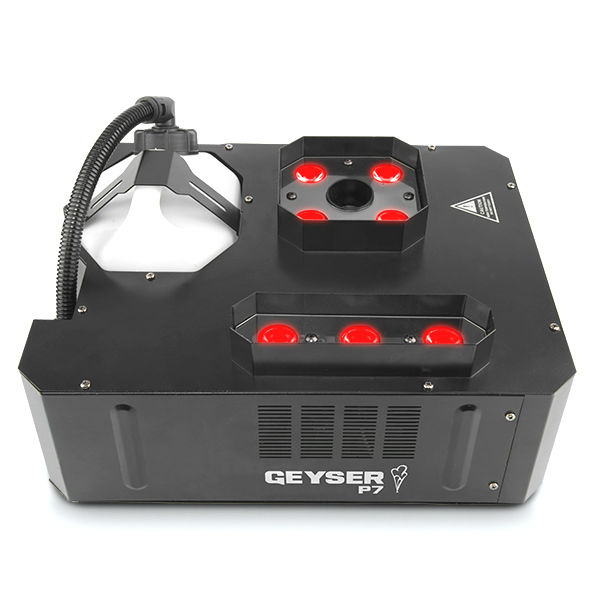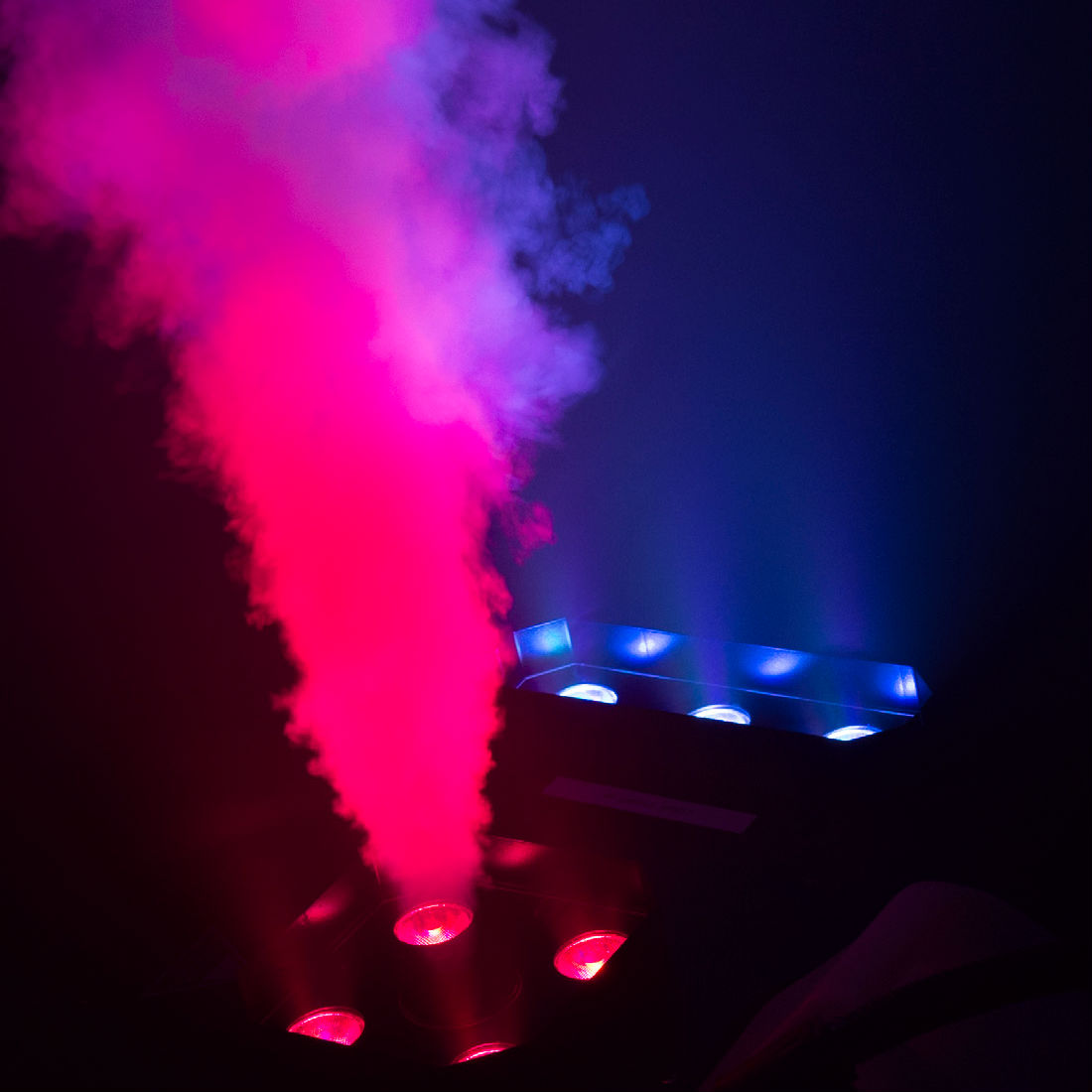Let It Snow!
Simulated snow is a special effect that has been with us, in one form or another, for many years now. Plays such as A Christmas Carol, ballets like The Nutcracker, and all those holiday pageants and concerts generally call for snow at least once during the performance. The classic method for producing snow on stage was to use artificial white "flakes" of confetti or shredded plastic. These flakes were dropped from above the stage falling gently to the floor and creating the desired effect.
Creating snow in this way, however, presented some inconveniences. First, because the "snow" in this case is really a paper or plastic product it lacks one important aspect of real snow it doesn't melt! This is only a minor inconvenience if the snow is falling behind an upstage window, or if the "snowstorm" happens immediately prior to an intermission. In these cases, the stage crew can remove the snow after the show, or while the curtain is down. The non-melting aspect of paper or plastic "snow" can also come back to haunt the next production to use the theatre. Many technicians can tell stories of artificial snow drifting gently to the stage floor weeks, even months after the holiday show has closed.
Snow machines were created to provide snow that looks and behaves more like the real thing. Using a special fluid, the snow machine creates thousands of realistic "flakes" that are really a water-based foam. The water content in the foam is kept very low so that the snow evaporates within seconds of touching the floor, leaving no residue behind. This aspect alone has made snow machines incredibly popular for performances where having confetti or plastic flakes on the stage - or, for that matter, in the audience - is not desirable. Dance companies, who try to avoid having anything on the floor that might cause their performers to slip, stumble or fall, love the fact that they can have a realistic snow effect without the worry of anything under their dancers' feet. Rock 'n' roll bands and other entertainers have started making use of snow machines to create blizzards over the audience without having to pay exorbitant cleanup fees to the venue's management. Because the snowflakes that the machine creates are mostly air, they behave more like real snow as they fall. Lighter than plastic or even tissue paper, the foam flakes fall more slowly and can be blown across the stage by mounting a fan under the machine. Care should be taken when adding a fan to a snow effect, however, as blowing the snow too far may cause it to evaporate before it reaches the stage floor. For most effects, the blower built into the machine will provide adequate coverage.
Let's talk a bit about coverage, and getting the most out of your snow effect. The thing to remember when creating a snow effect on stage is that it doesn't need to snow over the entire set. Usually, a "curtain" of snow along the front of the scene is enough. Without a fan, one machine will create a "cone" pattern of snow that is about 15' wide by about 20' long. This coverage is more than enough for most small stages. For larger stages (proscenium width of 40' or more) two machines can be placed at opposite ends of the stage and fans added if needed.
When using two or more machines together, it's a good idea to make use of the daisy-chaining feature of the BM60, BM70 and BM80 Snow Machines. If you are using a DMX-compatible control console you can simply address all the machines alike, thus allowing you to control them all simultaneously. By controlling multiple machines from one remote or control console, you can guarantee that the output volume on all machines will be equal, resulting in an even distribution of the snow. Also, linking the machines together means that you can assign one crew member to "snow duty" instead of two or more. This not only saves on crew costs, but can keep errors during performance to a minimum.
*********************************************
Theatre Effects Customer Service Department
service@theatrefx.com
www.theatrefx.com
Theatre Effects, 1810 Airport Exchange Blvd. #400, Erlanger, KY 41018
Phone: 1-800-791-7646 or 513-772-7646 Fax: 513-772-3579









